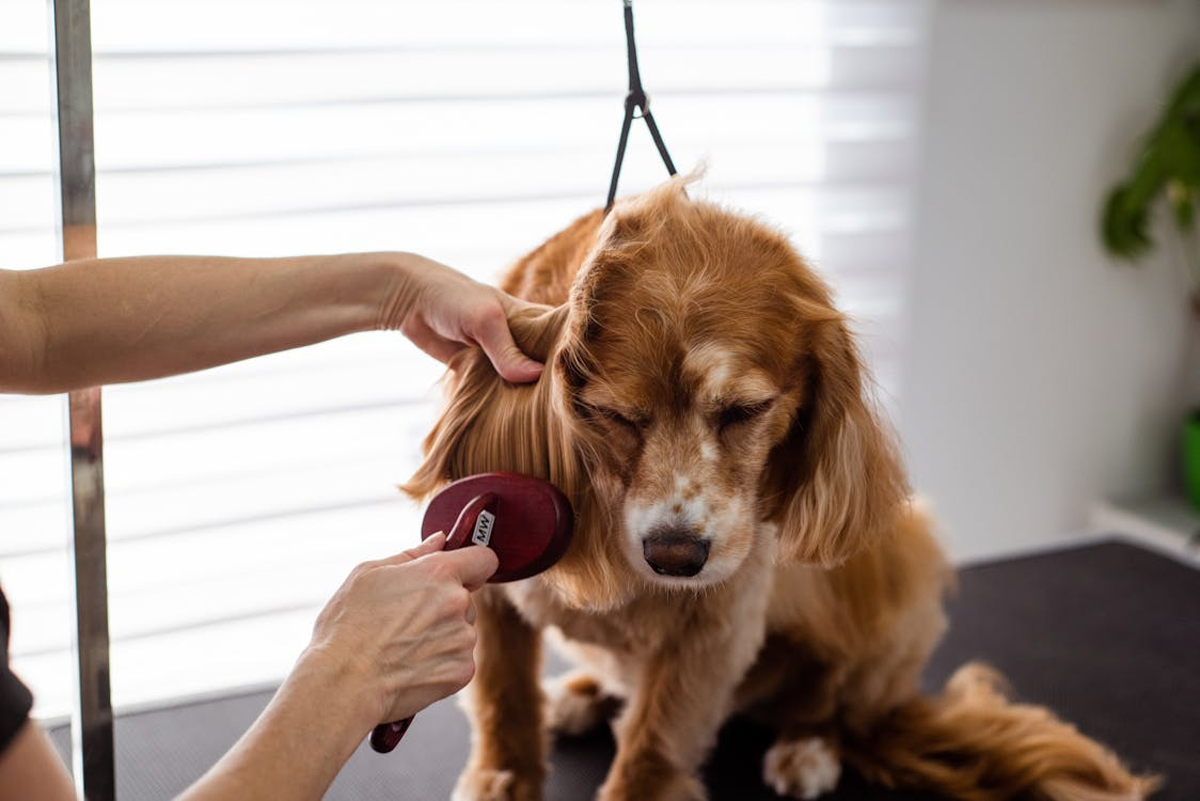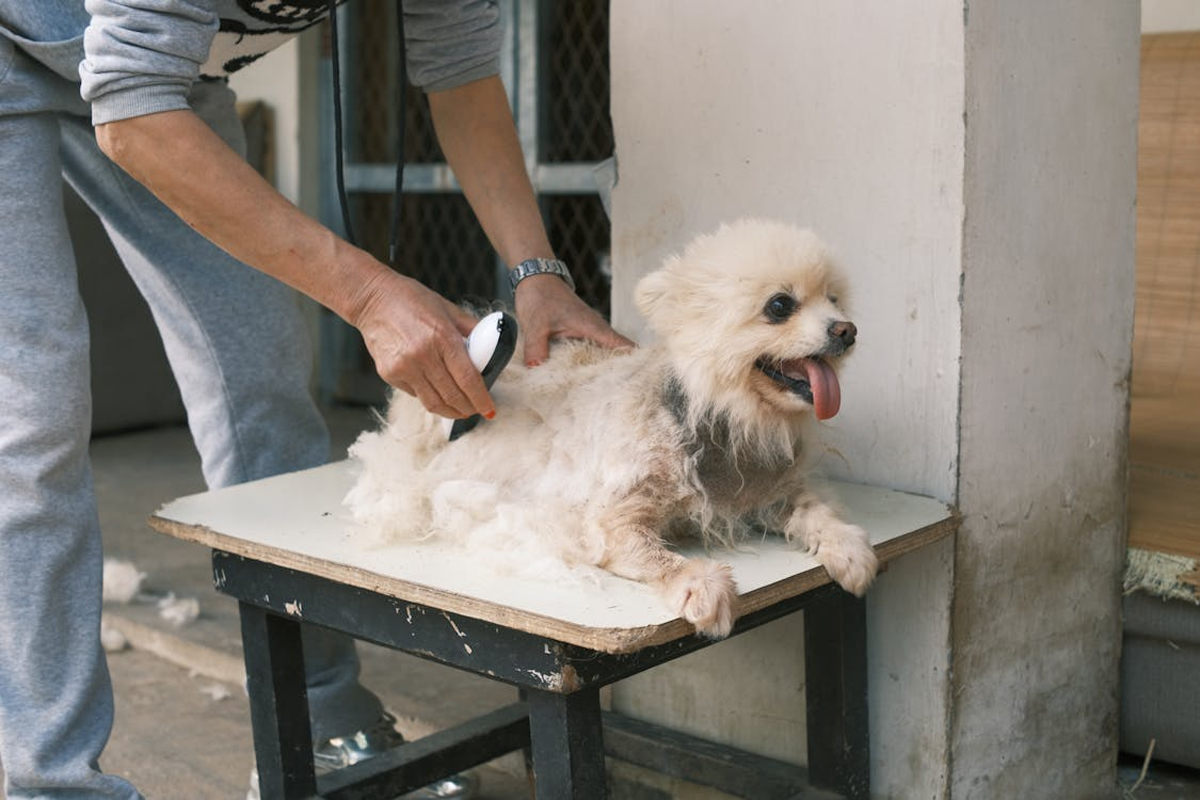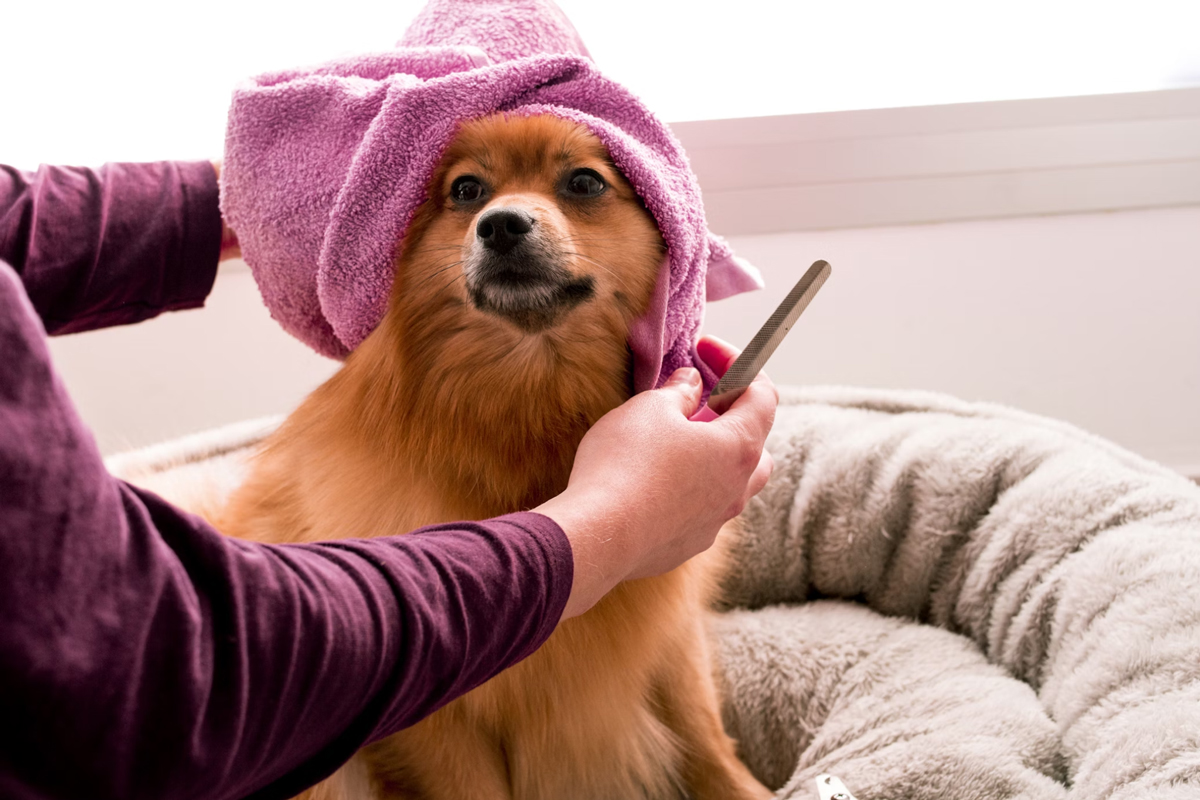Is Your Dog Shedding Too Much? Here’s How To Take Control


Bringing a dog into your home is one of life’s greatest joys, but if your beloved companion happens to be a heavy shedder, that joy may occasionally come with a side of frustration. Shedding is a natural process, yet for many pet parents, it becomes a surprising challenge once tufts of fur start gathering in every corner of the home, and sometimes even follow you out to your favourite pet friendly cafes and other usual haunts.
While living with a dog who sheds heavily can feel like an endless battle against fluff, it doesn’t have to take over your life. With the right care, grooming habits, and a touch of patience, you can keep your dog’s coat healthy and your home relatively fur-free. Here’s how to manage shedding like a pro and keep both you and your furry friend happy.
Why Dogs Shed (and Why Some Shed More Than Others)

Shedding is part of a dog’s natural hair growth cycle, which includes growth, rest, and shedding phases. Every dog sheds, but the amount depends on several factors, including:
1. Breed Characteristics
Some breeds are simply built to shed more. Double-coated breeds such as Golden Retrievers, Siberian Huskies, and Alaskan Malamutes lose a significant amount of fur, especially when “blowing” their coat during seasonal changes. Meanwhile, shorter-haired breeds like Dalmatians or Boxers may not appear as fluffy, but still shed consistently throughout the year.
2. Temperature and Seasonal Changes
Shedding helps dogs regulate body temperature. They grow thicker coats for winter and shed them as temperatures rise. In countries like Singapore, where seasons aren’t as distinct, dogs may shed lightly all year round instead of having one big blowout period.
3. Health and Stress
Medical conditions such as allergies, hormonal imbalances, or skin infections can cause excessive shedding. Stress also plays a role, which can stem from changes in routine, a new home, or even new family members, and potentially trigger hair loss. If your dog’s shedding suddenly increases, it’s always worth consulting your vet to rule out any underlying health issues.
Tips for Managing Heavy Shedding

1. Establish a Regular Grooming Routine
Consistency is key. Brushing your dog daily not only reduces loose hair around the house but also distributes natural oils evenly across their coat, keeping it healthy and shiny. It also helps prevent mats and tangles, especially in long-haired breeds.
For heavy shedders, daily brushing sessions can make all the difference. Even a quick five-minute brush can remove a surprising amount of fur before it has a chance to settle on your sofa or clothes. Bathing your dog once a month can further minimise loose hair, but avoid over-bathing as it can strip away essential oils, leading to dry skin.
If you’re comfortable doing your own pet grooming, a high-velocity dryer (the kind used in professional grooming salons) can be a game changer. These blowers help remove deep-down loose fur more effectively than brushing alone. Just remember to do this outdoors or in a well-ventilated space unless you want your living room to turn into a mini fur storm!
2. Choose the Right Grooming Tools
The right brush makes a difference. Not all tools work for every coat type, and using the wrong one may even irritate your dog’s skin.
- Bristle Brushes:Best for short-haired breeds such as terriers, pugs, and greyhounds. They help smooth the coat and distribute oils evenly.
- Slicker Brushes:Ideal for medium to long-haired breeds like retrievers and cocker spaniels. The fine wire bristles remove tangles and loose hair from the undercoat.
- Undercoat Rakes:Perfect for thick, double-coated dogs like German Shepherds and Chow Chows. Ensure the pins are roughly the same length as your dog’s fur to effectively reach the undercoat.
Be gentle and patient when brushing. Overuse of de-shedding tools or rakes can damage the topcoat, leaving it patchy or uneven. And while trimming your dog’s coat might seem like a good idea, it doesn’t actually reduce shedding; it just shortens the fur that falls out.
3. Focus on Nutrition and Supplements
Healthy skin and a shiny coat start from within, which is why a well-balanced diet rich in high-quality protein is key to promoting coat health and minimising excessive shedding. Dogs that lack essential nutrients, especially omega fatty acids, may experience dry, brittle fur and increased hair loss.
If your dog’s coat looks dull or their skin appears flaky, talk to your vet about adding omega-3 supplements or switching to a diet formulated for skin and coat health. Omega fatty acids not only reduce itchiness and dandruff but also promote stronger hair follicles, leading to less breakage and shedding.
For dogs with food sensitivities or intolerances, identifying and eliminating the trigger ingredients can dramatically improve their coat condition over time. Another increasingly popular wellness option is hydrotherapy for dogs in Singapore, which helps not only with muscle strength and joint mobility but can also improve circulation and coat quality, giving your furry friend an inside-out health boost.
4. Invest in a Quality Pet Hair Vacuum
Even the most diligent grooming routine won’t eliminate shedding entirely, so having the right cleaning tools is a must. A vacuum designed specifically for pet hair can make daily clean-up far easier. These models typically feature stronger suction, anti-tangle brush rolls, and filters that trap dander and allergens.
To keep your home manageable, set up a regular cleaning schedule. Focus on high-traffic areas like carpets, sofas, and dog beds where fur tends to accumulate. If possible, keep washable covers on furniture and choose fabrics that don’t trap hair easily. Microfibre cloths are also great for picking up stray hairs from hard surfaces.
5. Create “Shedding Zones”
If your dog has a favourite lounging spot, make that area easy to clean. Lay down a washable blanket, cover, or pet mat where they like to nap. This will help contain most of the fur in one spot instead of spreading it across the entire home. It’s also a good idea to keep a lint roller by the door or in your car. It’s perfect for quick touch-ups before heading out.
Frequently Asked Questions From Dog Owners

1. How do I stop my dog from shedding so much hair?
You can’t stop shedding completely, but you can reduce it with regular brushing, bathing, and a proper diet. Try a moisturising, hypoallergenic shampoo to keep the skin hydrated. Products containing aloe or oatmeal can help soothe irritation and reduce flaking, which in turn lessens shedding.
2. Should I be worried if my dog sheds a lot?
Every dog sheds differently. What’s “normal” for one breed might seem excessive for another. Keep an eye on changes, and if you notice that your dog’s hair appears dull, the skin beneath is red or flaky, or you notice bald patches, it’s best to consult your vet. These can be signs of an allergy or illness that requires treatment.
Sudden or excessive fur loss may point to an underlying issue. Conditions like thyroid imbalances, allergies, parasites, or skin infections can all affect coat health. Routine check-ups allow your vet to spot problems early and keep your dog’s shedding under control.
3. Do dogs ever stop shedding?
No, shedding is a natural and healthy process. Dogs constantly replace old or damaged hair with new growth. Your goal shouldn’t be to stop shedding but to manage it. With the right combination of grooming, diet, and cleaning routines, you can easily keep things under control.
Keeping Shedding Under Control

Living with a heavy-shedding dog might seem like an endless clean-up mission at first, but with consistent care and the right habits, it quickly becomes manageable. Regular grooming, proper nutrition, and a bit of smart home organisation go a long way towards reducing the daily fur tumbleweeds.
Most importantly, remember that shedding is part of your dog’s natural rhythm; a small price to pay for their love and companionship. After all, a little fur on your furniture is a fair trade for the joy of having a loyal friend by your side!








